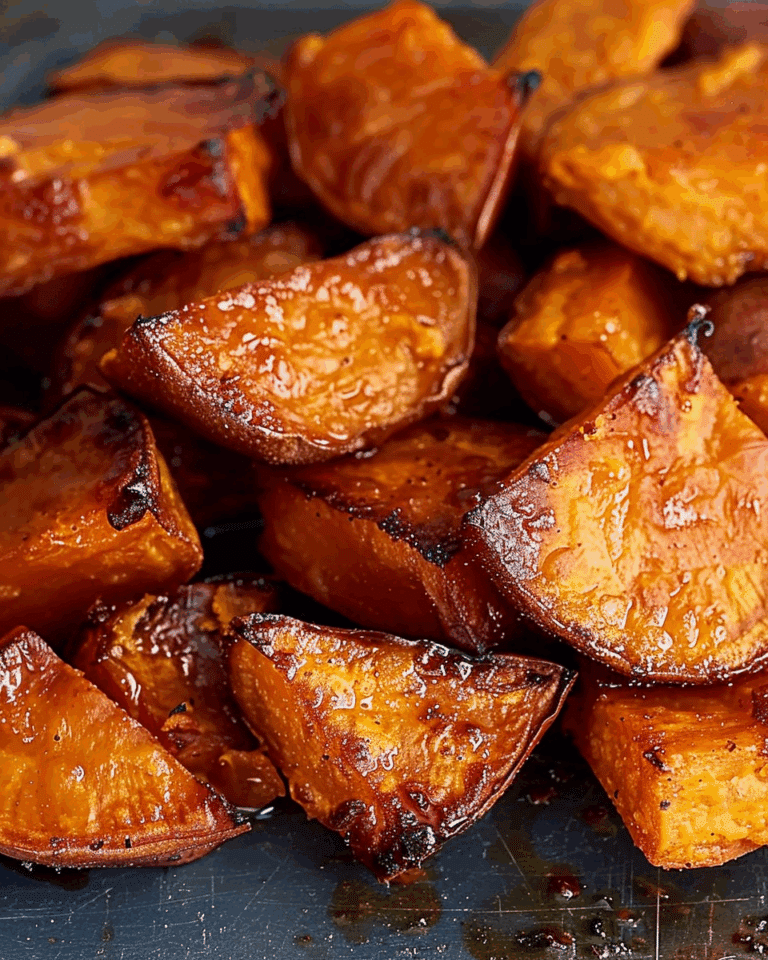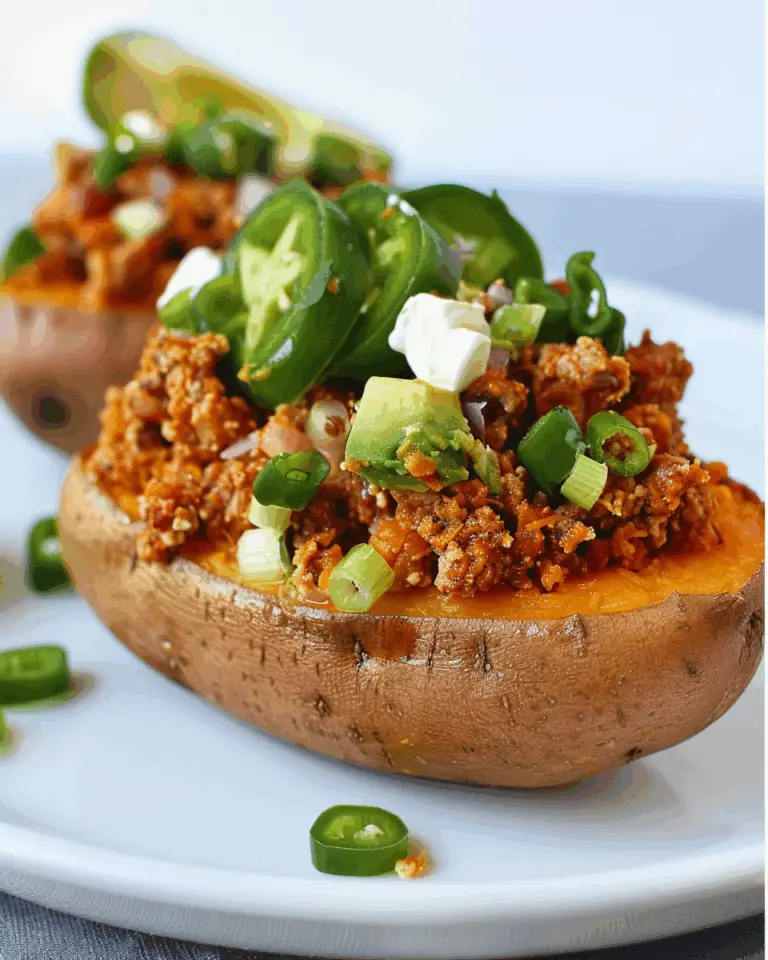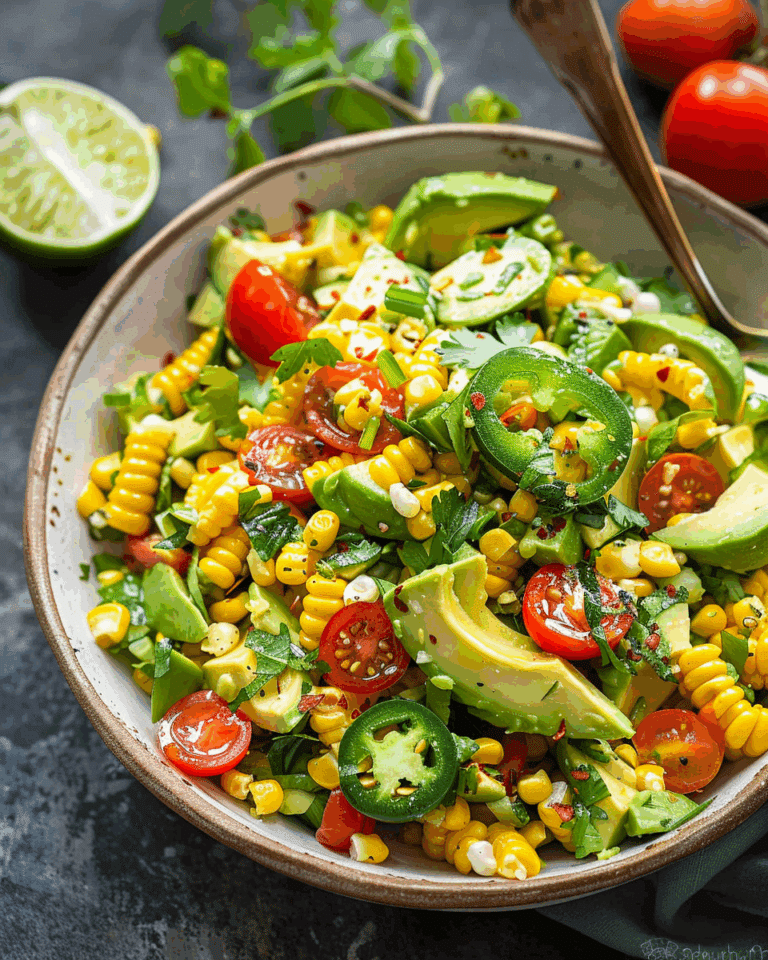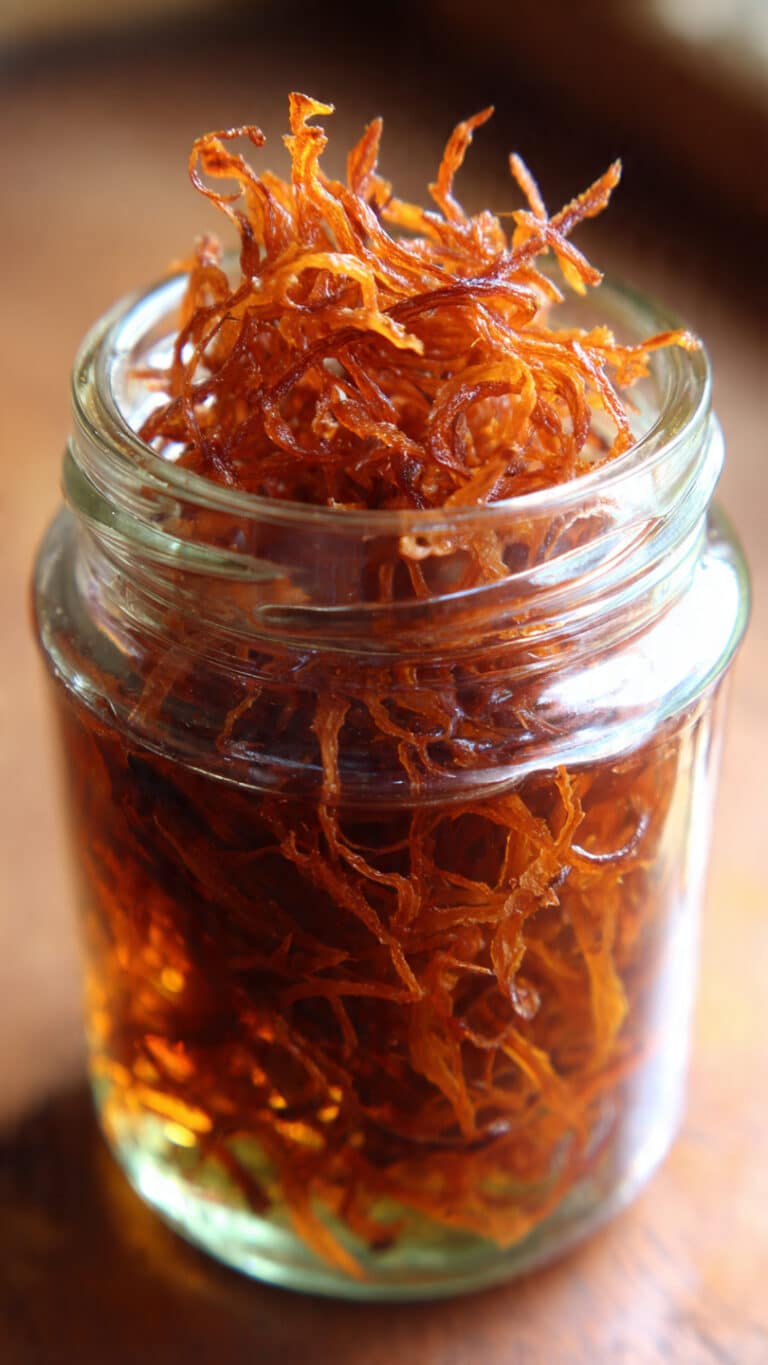I’ve discovered a wonderful vegan broth that infuses the delicate aroma of tea into a comforting, vegetable-rich base—perfect as a standalone soup or as a flavorful foundation for other dishes.
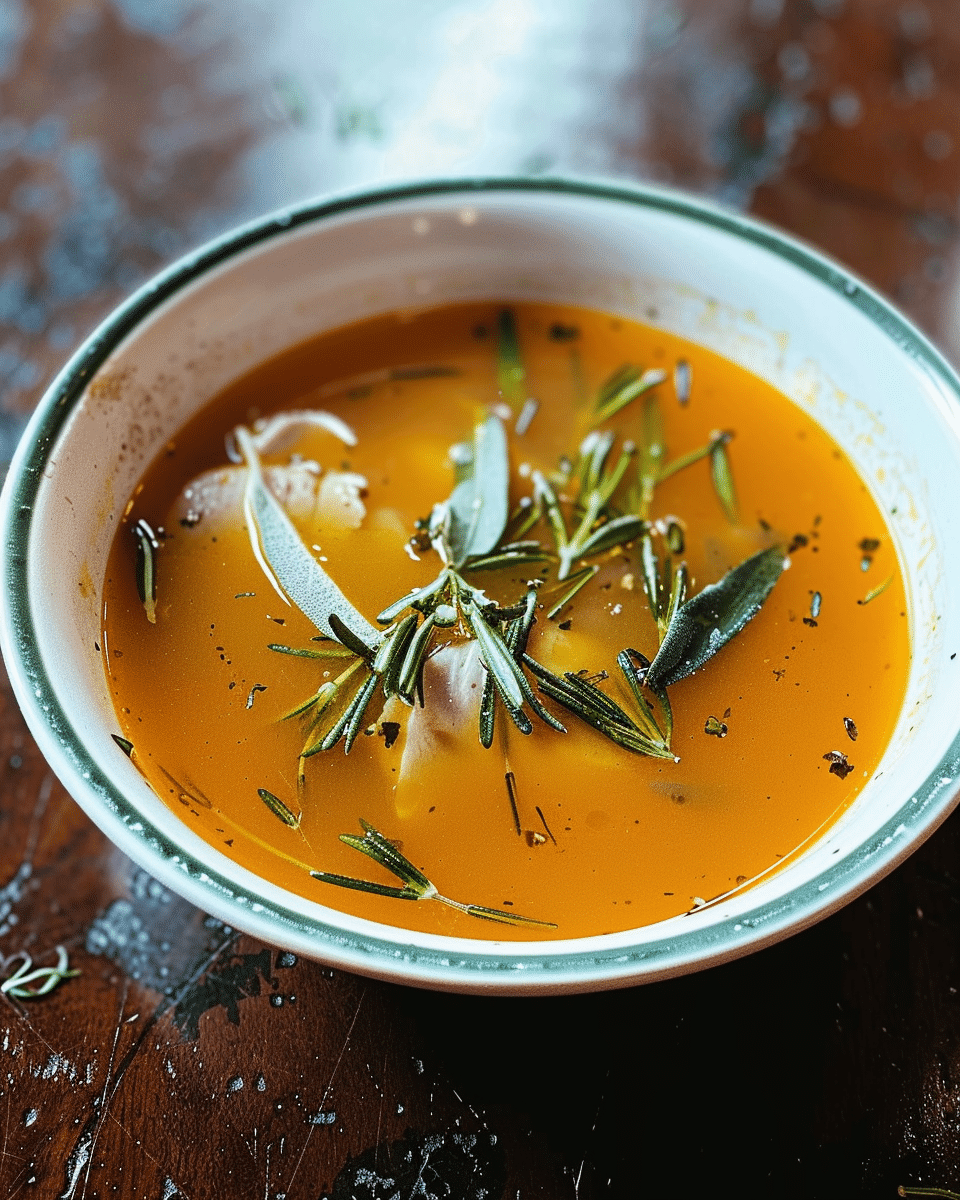
Why I’ll Love This Recipe
I love how the subtle flavors of my favorite tea weave through a classic vegetable broth—adding aromatic depth without overpowering the gentleness of garlic, ginger, and other savory ingredients. It’s versatile, soothing, and elegantly simple.
Ingredients
(Tip: You’ll find the full list of ingredients and measurements in the recipe card below.)
-
4 cups water
-
2 tablespoons loose-leaf tea (green, black, or herbal)
-
2 cloves garlic, minced
-
1-inch piece of ginger, thinly sliced
-
1 onion, chopped
-
2 carrots, chopped
-
2 celery stalks, chopped
-
1 teaspoon whole black peppercorns
-
2 bay leaves
-
Salt to taste
Directions
I follow these steps to make the broth:
-
Prepare the Tea Infusion:
-
I bring 4 cups of water to a gentle simmer in a small pot.
-
I steep the loose-leaf tea (in an infuser or filter bag) for 3–5 minutes, then remove it and set the infused tea aside.
-
-
Make the Broth:
-
In a larger soup pot, I heat a drizzle of oil over medium heat and sauté the garlic and ginger until fragrant.
-
I add the chopped onion, carrots, and celery and cook until they soften (about 5–7 minutes).
-
Then I pour in the tea-infused water along with the peppercorns and bay leaves.
-
I bring everything to a gentle boil, then lower the heat and let it simmer uncovered for about 20–25 minutes to let the flavors meld.
-
-
Strain and Season:
-
Once the vegetables are tender, I remove the pot from heat, strain the broth through a fine-mesh strainer, and discard the solids.
-
I return the strained liquid to the pot and season it with salt to taste.
-
-
Serve:
-
I ladle the hot broth into bowls and often top it with fresh cilantro or green onions for a burst of freshness.
-
Servings And Timing
-
Servings: about 4 small bowls (each around 1 cup)
-
Prep time: ~10 minutes (chopping vegetables, prepping tea)
-
Cook time: ~25–30 minutes including simmering
Variations
I’ve experimented with these creative twists:
-
Use herbal tea like chamomile or rosemary for a lighter, aromatic profile.
-
Try green tea for a brighter, vegetal note, or black tea for more depth.
-
Add shiitake mushrooms or kombu for an umami boost, especially if I’m shaping this into a base for noodle soups.
-
Include ginger and turmeric for a warming, anti-inflammatory twist.
Storage/Reheating
-
I store the broth in a sealed container in the refrigerator for up to 4–5 days.
-
When reheating, I gently warm it on the stove rather than using the microwave to preserve the delicate flavors.
-
I also freeze leftover broth in ice cube trays—perfect for adding small amounts to future recipes.
FAQs
1. How Can I Intensify The Tea Flavor?
I’d steep the tea a bit longer—up to 5 minutes—or use a stronger tea variety, like a bold black tea or concentrated herbal blend. Just taste and adjust so it doesn’t become bitter.
2. Can I Make This In A Pressure Cooker?
Absolutely—I’d reduce simmer time to about 10–15 minutes under pressure, though I’d still steep the tea separately to prevent over-extraction.
3. Is This Broth Gluten-Free?
Yes—I use gluten-free tea and vegetables only, making this broth naturally gluten-free and vegan.
4. Can I Reuse The Vegetables Or Tea Leaves?
I don’t reuse the tea leaves—they’ve given all their flavor. The vegetables could be repurposed in stews or blended soups, though they’ll be pretty soft after simmering.
5. Is There A Good Substitution For Bay Leaves?
If I’m out of bay leaves, I sometimes use a small sprig of thyme or a pinch of dried oregano—they bring a bit of herbaceous warmth.
Conclusion
I’ve come to love this vegan tea-infused broth as a gentle, aromatic twist on the usual. The enchantment of tea elevates a simple vegetable base into something memorable, nourishing, and versatile—be it on its own, or as part of another dish.
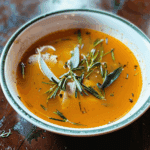
Vegan Tea-Infused Broth
5 Stars 4 Stars 3 Stars 2 Stars 1 Star
No reviews
- Author: Yusraa
- Total Time: 35 minutes
- Yield: 4 servings
- Diet: Vegan
Description
This Vegan Tea-Infused Broth is a soothing, aromatic base made by steeping loose-leaf tea into a traditional vegetable broth. It’s delicate, comforting, and perfect on its own or as a flavorful foundation for soups and savory dishes.
Ingredients
4 cups water
2 tablespoons loose-leaf tea (green, black, or herbal)
2 cloves garlic, minced
1-inch piece of ginger, thinly sliced
1 onion, chopped
2 carrots, chopped
2 celery stalks, chopped
1 teaspoon whole black peppercorns
2 bay leaves
Salt to taste
Optional: drizzle of oil for sautéing
Instructions
- Bring 4 cups of water to a gentle simmer in a small pot. Add loose-leaf tea using an infuser or filter bag and steep for 3–5 minutes. Remove the tea and set the infused liquid aside.
- In a large soup pot, heat a drizzle of oil over medium heat. Add garlic and ginger, sautéing until fragrant (about 1 minute).
- Add the chopped onion, carrots, and celery. Cook until softened, about 5–7 minutes.
- Pour in the tea-infused water. Add black peppercorns and bay leaves. Bring to a gentle boil.
- Lower the heat and simmer uncovered for 20–25 minutes to let flavors meld.
- Remove from heat and strain the broth through a fine-mesh strainer. Discard solids.
- Return the strained liquid to the pot and season with salt to taste.
- Serve warm, optionally garnished with fresh herbs like cilantro or green onion.
Notes
- Use green tea for a vegetal note, black tea for deeper flavor, or herbal tea for a light aromatic base.
- Add shiitake mushrooms or kombu for an umami boost.
- For an anti-inflammatory variation, add turmeric with the ginger.
- Freeze leftovers in ice cube trays for easy future use.
- Reheat gently on the stove to preserve delicate flavors.
- Prep Time: 10 minutes
- Cook Time: 25 minutes
- Category: Soup
- Method: Simmered
- Cuisine: Fusion
Nutrition
- Serving Size: 1 cup
- Calories: 25
- Sugar: 2g
- Sodium: 50mg
- Fat: 0g
- Saturated Fat: 0g
- Unsaturated Fat: 0g
- Trans Fat: 0g
- Carbohydrates: 5g
- Fiber: 1g
- Protein: 1g
- Cholesterol: 0mg

